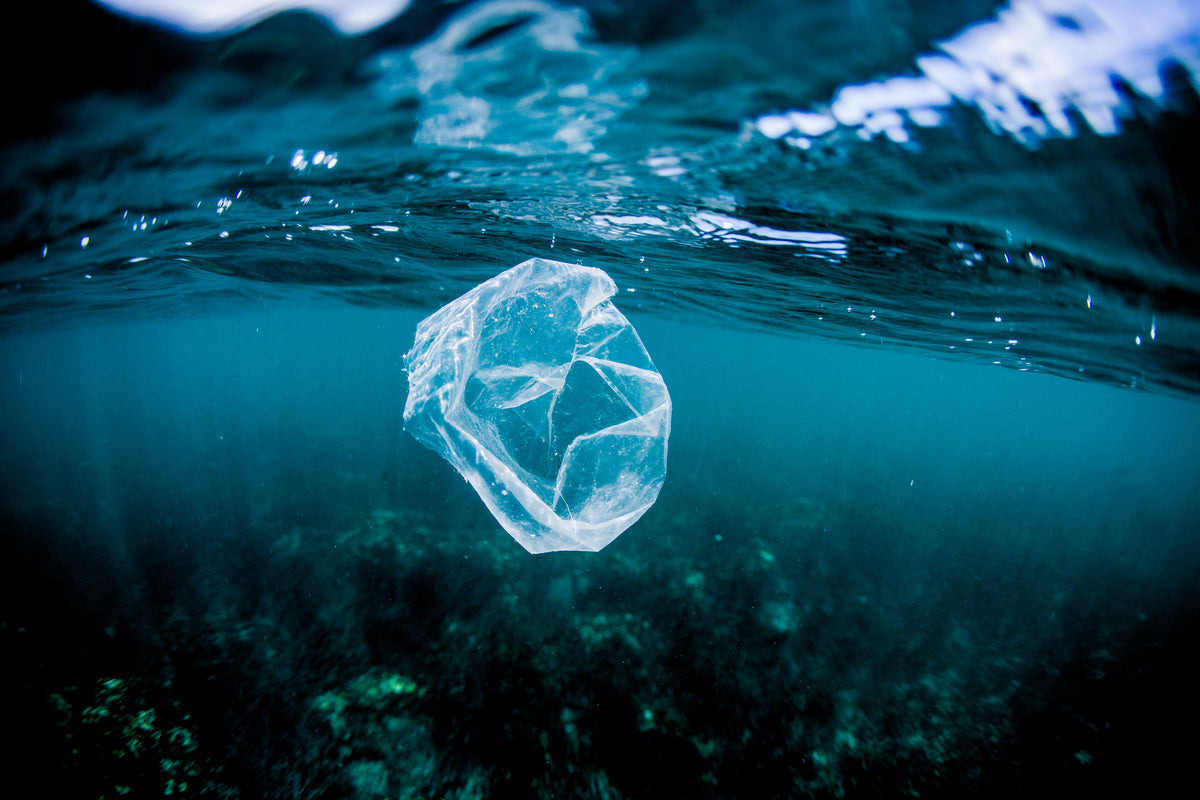The impact of plastic in our clothing.

The use of plastic in clothing can have negative environmental impacts in a few different ways:
-
Production: Plastic-based fabrics, such as polyester, are made from petroleum, which is a non-renewable resource. The production of these fabrics can contribute to air and water pollution.
-
Microfiber pollution: Synthetic fabrics, including polyester, shed tiny plastic fibers when washed. These fibers can end up in the water supply and can be ingested by marine life, leading to potential harm to ecosystems.
-
Landfill waste: Synthetic fabrics, including those made from plastic, do not biodegrade. This means that clothing made from these materials will remain in landfills for an extended period of time, contributing to waste accumulation.
To reduce the environmental impact of plastic in clothing, you can try to buy clothing made from natural, biodegradable materials, such as cotton, linen, and wool. You can also support companies that are making an effort to use more sustainable materials in their clothing production.



